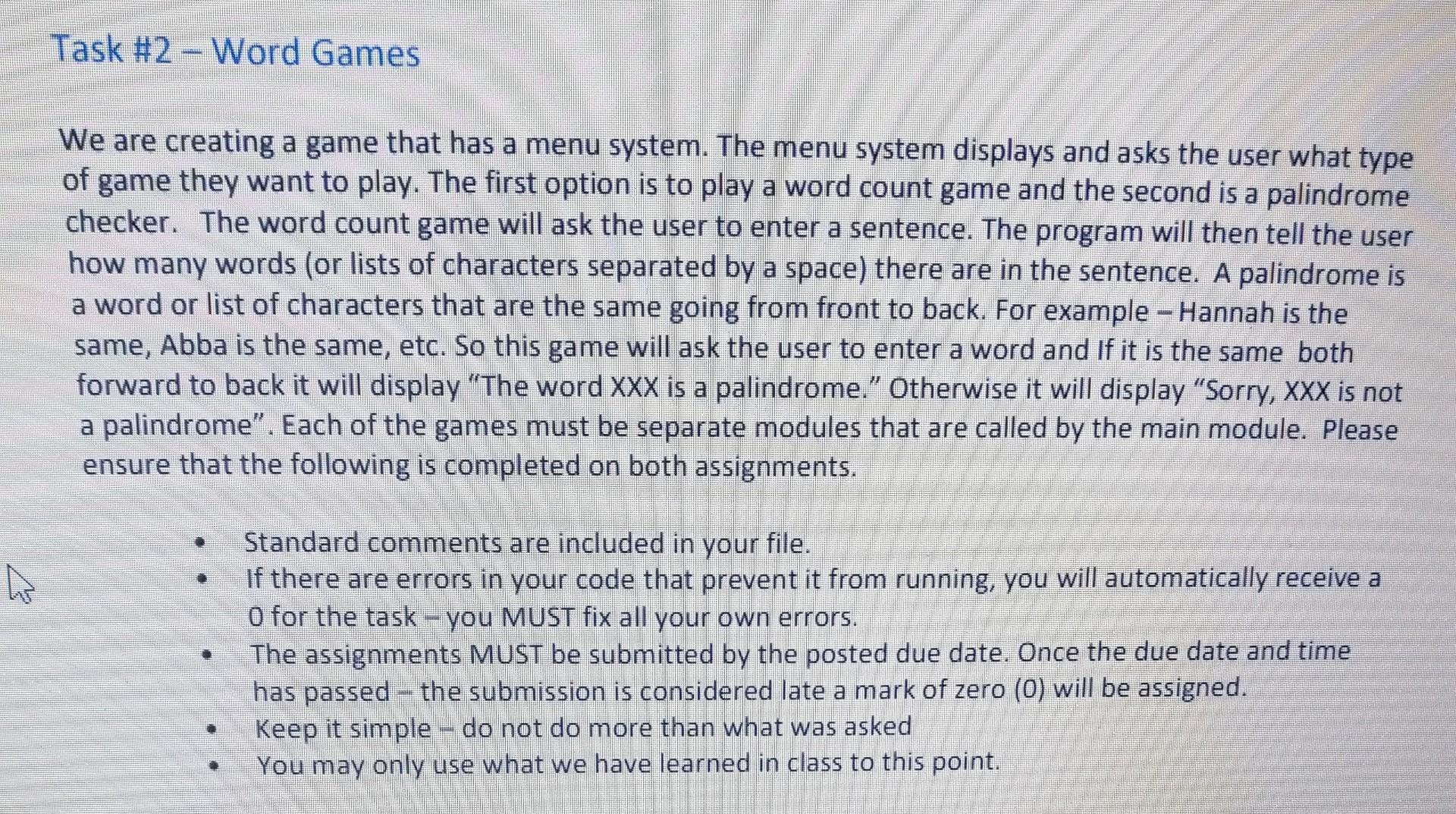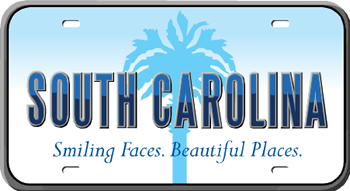
Golden ID Program
The University of Maryland offers free courses to senior citizens who meet certain requirements. Apart from course credits, the program also includes access to University Libraries and other non-academic service, as well an association for Golden ID student. The association offers peer advising as well as cultural events. Students may take up to six credit hours per semester.
Golden ID applicants can apply at any time. However, applicants should apply at least one calendar month in advance for the semester they will be attending. This way, they will have plenty of time to complete their registration process before the start of classes. Fall semester classes begin in August, while winter semester courses begin in January.
Online courses
The University System of Maryland offers a variety of courses that are free to anyone who is looking for a job or wants to learn more. The University offers several online degree programs. These programs are designed to build career-related knowledge, skills, and professional value. Auditing the courses is free and you can get a certificate for completion for a small amount.

Access the University of Maryland's free courses via edX. This website provides access to more than 160 courses from more than 160 member institutions. If you're interested in a course, you can access it free of charge on edX. You can also verify your learning with a minimal fee.
Application process
Students must submit an application to be eligible for University of Maryland-free courses. Students must submit an application. A few qualified students may apply for UMD with no diploma. These students must have completed an extremely rigorous high school program and shown outstanding achievement over the years. Additionally, these students must be within two credits from high school graduation and have a promise from their high schools to award a diploma at UMD after their freshman year.
The University of Maryland offers limited enrollment majors, so students are encouraged to list their preferences when filling out the application. Even though early action deadlines may not be binding, students who submit an application early will be given priority consideration for admission to university, especially in their chosen field. Extracurricular activities and other factors are also considered by the university to determine eligibility.
Certificates Discounts
There are many methods to get a discount when you purchase university of Maryland certifications. You can also take the course online. Online courses can be taken at the University of Maryland through EDX, which is one of largest online learning communities. Enrolling in EDX courses is a simple process. After completing a course, you will receive a discount up to 90%.

With over 14000 academic programs and 176,000 students, the University of Maryland is a top-ranked University in the United States. You can take online courses at the University of Maryland from anywhere in the world, whether you are located abroad or at home. Online courses are a great option for international students of any background. You can get a discounted University of Maryland Certificate, which includes a comprehensive transcript of the course content. These certificates can be used to apply for jobs and appraises.
University of public research
The University of Maryland, College Park, is the state's flagship institution and a premier public research university. You can choose between online or campus classes with convenient three- and six-week session options. Classes are taught by world-renowned professors and are based on current events and issues. Maryland offers the perfect program for those who are interested in pursuing graduate degrees.
The University of Maryland offers free online courses through edX. They host courses from over 160 member institutions. UMB students can access free courses on edX, and they can also be audited at no cost. You can then verify your course completion by paying a small fee.
FAQ
What are the requirements to be a teacher in early childhood education?
First, you must decide if early childhood education is what you want to pursue. If so, then you will need to get your bachelor's degree. Some states require students to earn a master's degree.
You'll likely have to take classes during the summer. These courses can be taken to learn about topics such as pedagogy and curriculum design.
Many colleges offer associate programs that lead to teaching certifications.
Some schools offer bachelor's or certificates in early childhood education. Others only offer diplomas.
There may not be any need for additional training if your goal is to teach from home.
Do you think it is difficult to be a teacher
A major commitment is required to be a teacher. You will need time to study.
While working towards your degree, expect to be working around 40 hours per work week.
In addition, you will need to find a job that fits your schedule. Many students have difficulty finding part-time work that allows them to balance schoolwork and their personal lives.
Once you land a full-time position, you will likely be responsible for teaching classes during the day. Sometimes, you may need to travel to other schools during the week.
What is early education for children?
Early Childhood Education refers to a field dedicated to helping children become happy, healthy adults. It includes everything from teaching them how to read to prepare them for kindergarten.
Early childhood education aims to help children learn and grow through age-appropriate experiences.
Early childhood educators are frequently called upon by parents to assess the developmental needs and abilities of any child they encounter. This assessment helps determine whether a particular program would benefit each individual child.
Parents can also interact with teachers and other professionals with experience with young children through early childhood programs.
As parents, they play a vital role in early childhood education. They should know how to take care of their children properly and provide support and guidance when necessary.
Parents can also join activities to teach their children skills that will be useful throughout their lives.
Although the term preschool education is often used to refer to early childhood education, it can also be used interchangeably for daycare centers. Prekindergarten education starts around three years ago, and early childhood education is similar.
Statistics
- Among STEM majors, that number is 83.5 percent. (bostonreview.net)
- “Children of homeowners are 116% more likely to graduate from college than children of renters of the same age, race, and income. (habitatbroward.org)
- They are also 25% more likely to graduate from high school and have higher math and reading scores, with fewer behavioral problems,” according to research at the University of Tennessee. (habitatbroward.org)
- In most developed countries, a high proportion of the population (up to 50%) now enters higher education at some time in their lives. (en.wikipedia.org)
- Think of the rhetorical power of nineteenth-century abolitionist Harriet Beecher Stowe, Martin Luther King, Jr., or Occupy Wall Street activists with their rallying cry of “we are the 99 percent.” (bostonreview.net)
External Links
How To
What is vocational education?
Vocational Education is an educational system that prepares students for employment after high school or college by providing them training in specific skills needed for a particular job (such as welding). Vocational Education also offers apprenticeship programs that provide on-the-job training. Vocational education is different from general education in that it prepares individuals for specific career paths rather than acquiring broad knowledge for future uses. Vocational education's goal is to help students find employment after they graduate.
Vocational education could be offered at all levels, including primary schools, secondary school, colleges and universities, technical schools, trade schools as well community colleges, junior college, and four-year schools. In addition, there are many specialized schools such as culinary arts schools, nursing schools, law schools, medical schools, dental schools, veterinary medicine schools, firefighting schools, police academies, military academies, and other military schools. Many of these offer both academic instruction, and practical experience.
In recent decades, many countries have made large investments in vocational training. The effectiveness of vocational education is still controversial. Some critics argue that it does little to improve students' employability; others argue that it provides useful preparation for life after school.
According to the U.S. Bureau of Labor Statistics (47% of American adults are currently holding a postsecondary certificate/degree related to their current job), this figure is higher among those with more education. This figure is higher among those with more education: 71% of workers aged 25-29 with a bachelor's degree or higher are currently employed in fields requiring postsecondary credentials.
In 2012, the BLS reported that nearly half of the nation's adult population had at least some form of postsecondary credential. Around one-third of Americans hold a two or four-year associate degree. One fifth of Americans had a masters degree or doctorate.
The median annual wage for individuals with a bachelor's in 2013 was $50,000. This was compared to $23,800 when they had no degree. The median income for those with advanced degrees was $81,300.
The median wage for those who didn't complete high school was $15,200. Those with less than a high school diploma earned $13,000 per year.